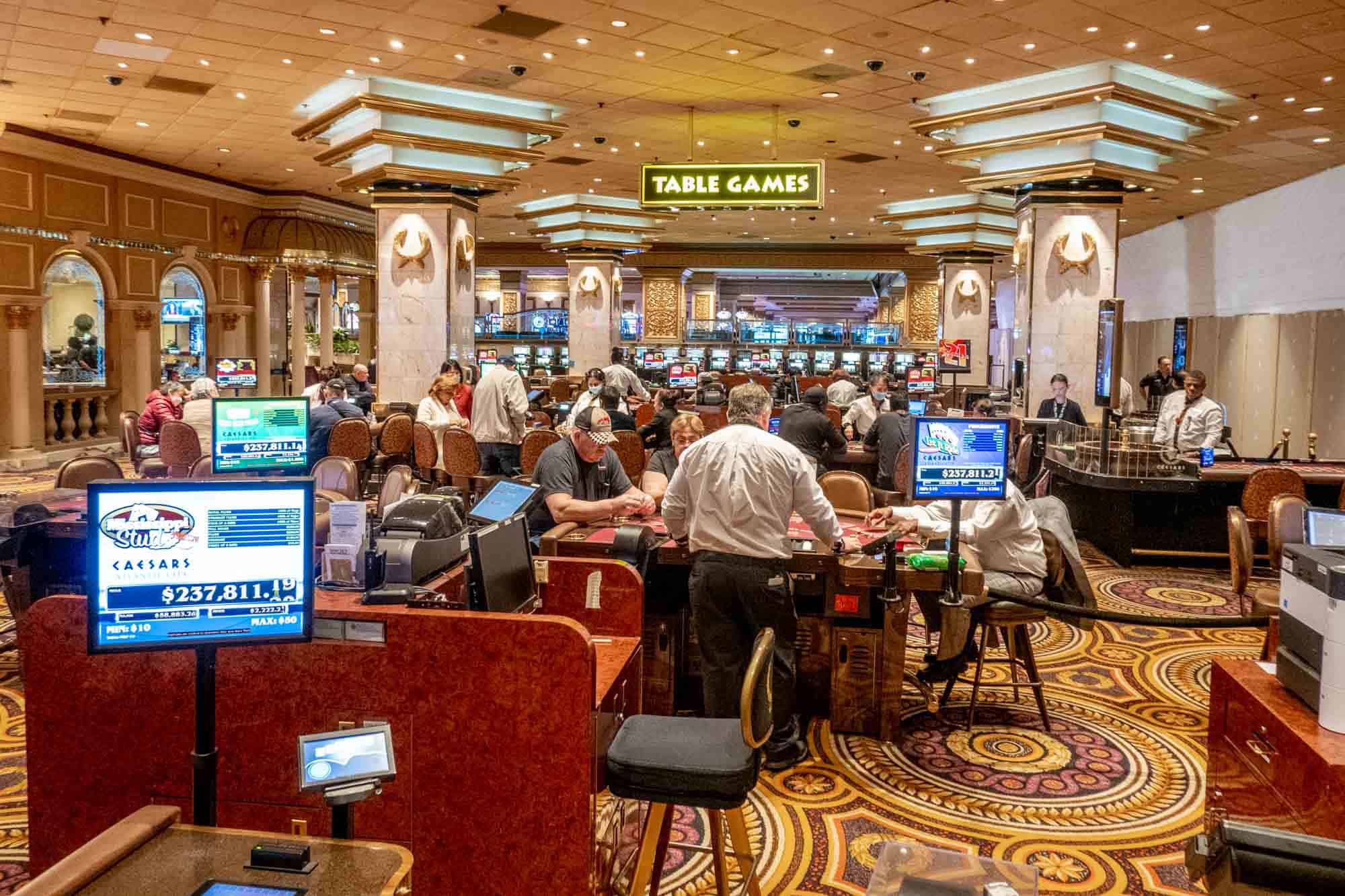In a lively and stimulating world of casinos, wherein luck and tactics intertwine, color and aesthetic play a pivotal role in drawing in gamblers. From the moment visitors step into a casino or log into a gaming website, they are immersed in a visual feast that grabs their attention and entices them to discover more. Vivid colors, engaging graphics, and creative layouts are carefully crafted to create an environment of thrill and anticipation, ultimately improving the gaming experience.
As gamblers move through the dynamic landscape of casino games, they come across a range of designs that not only serve aesthetic purposes but also affect emotions and decision-making. Hues like red and yellow symbolize wealth and fortune, while soothing blues and greens can create a much relaxed environment. Understanding how these elements function together allows casinos to create an welcoming and energizing atmosphere that encourages players to interact with the games, invest more time at the tables, and increase their overall enjoyment.
The Science of Color in Gambling Games
Color plays a crucial role in the development of gambling games, affecting player emotions and actions. Vivid and bold colors, such as red and amber, are often used to ignite thrill and draw notice. These colors create a sense pressure and dynamism, encouraging players to participate more enthusiastically with the experience. By thoughtfully selecting colors, creators aim to elicit emotions of satisfaction and anticipation, which can enhance the complete game experience.
Different hues also have psychological connotations that can influence how gamblers perceive their odds of winning. For case, emerald is commonly associated with luck and prosperity, making it a popular choice in activities like roulette and poker setups. This association can result participants to feel more optimistic and self-assured in their gaming, ultimately motivating them to wager more. Comprehending these links allows game developers to craft environments that enhance player satisfaction and loyalty.

In addition, the interface of gambling game interfaces often employs blended colors and differing shades to direct players’ responses. For instance, winning outcomes may be accentuated with bright, contrasting shades, creating a visual cue. This approach supports positive outcomes and encourages repeated participation. By exploiting color psychology, gambling establishments can develop activities that not only draw participants but also keep them engaged and invested in their play experience.
Design Features that Attract Players
The visual appeal of casino games is largely influenced by the use of vibrant colors. Lively and contrasting colors are deliberately chosen to create an inviting atmosphere that captures interest. For example, crimson and golden hues often signify luck and wealth, which is why they are prevalent in the color schemes of slot machines and table surfaces. These colors not only attract players in, but they also evoke emotions related to thrill and expectation, enhancing the total gaming experience.
In addition to color, the design and layout of casino games play a crucial role in player attraction. Games are designed to be user-friendly, ensuring that players can easily understand the rules and gameplay. Accessible interfaces, along with engaging graphics and motion, help maintain gamer interest and encourage extended play sessions. The physical elements, such as the feel of the controls and the sounds of the games, also contribute to a comprehensive sensory experience that keeps players engaged.
In conclusion, thematic elements in game design can significantly influence gaming decisions. Many gambling games are inspired by popular culture, myths, or adventure themes, featuring symbols and characters that connect with players. These themes create a sense of immersion and connection, making each game feel distinct. When players feel a connection to the concept, they are more likely to opt for that game over others, leading to higher participation and enthusiasm within the casino environment.
Case Studies: Notable Casino Game Designs
One key example of successful gambling game design is the well-known slot machine series themed around blockbuster movies. Games such as those based on the Wizard of Oz and Game of thrones utilize dynamic colors and superior graphics to immerse players in well-known narratives. The use of dynamic visuals and captivating sound effects takes the interest of players, establishing an emotional connection to the theme. This tactic not just fosters longer play but also improves the overall gaming experience, yielding increased player retention.
Another notable case is the application of color in table games like blackjack and the wheel. Casinos often create these games with dark reds and greens, colors traditionally associated with luck and wealth. For instance, the green felt on a blackjack table provides a calming effect, while the crimson accents in roulette invite thrill. Ga179 This thoughtful use of color helps to foster an inviting atmosphere that encourages players to join in, fulfilling their psychological impulses and enhancing their enjoyment.
Finally, social casino games that feature community features and vivid, lively designs have achieved remarkable success in engaging players. Games like Zynga Poker and Slot-O-Mania leverage striking colors and playful animations to establish an inviting online environment. The inclusion of leaderboards, social sharing options, and in-app rewards fosters competition and community, drawing players in for longer sessions. Such designs not just make the games visually enticing but also emphasize social connectivity, a key factor in player retention and engagement within digital casino environments.